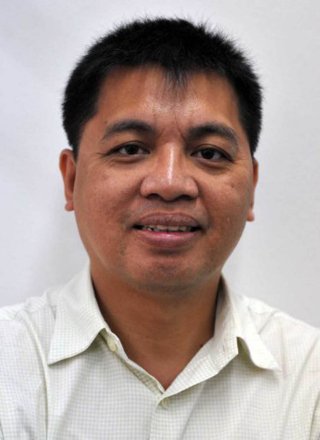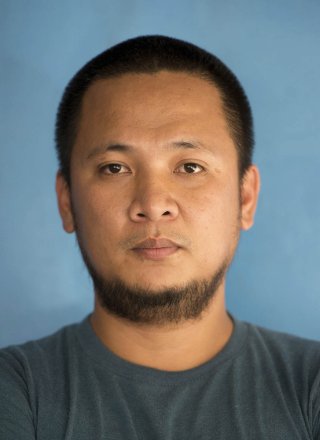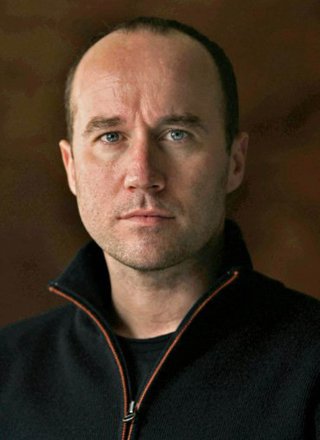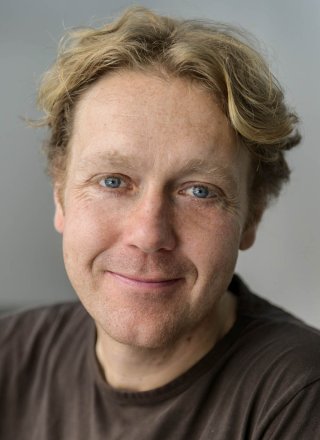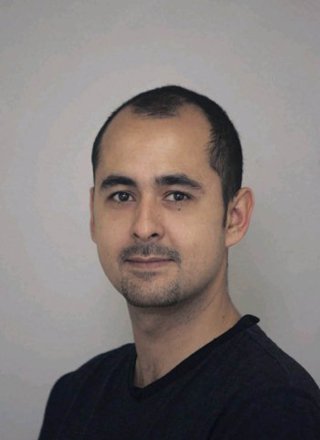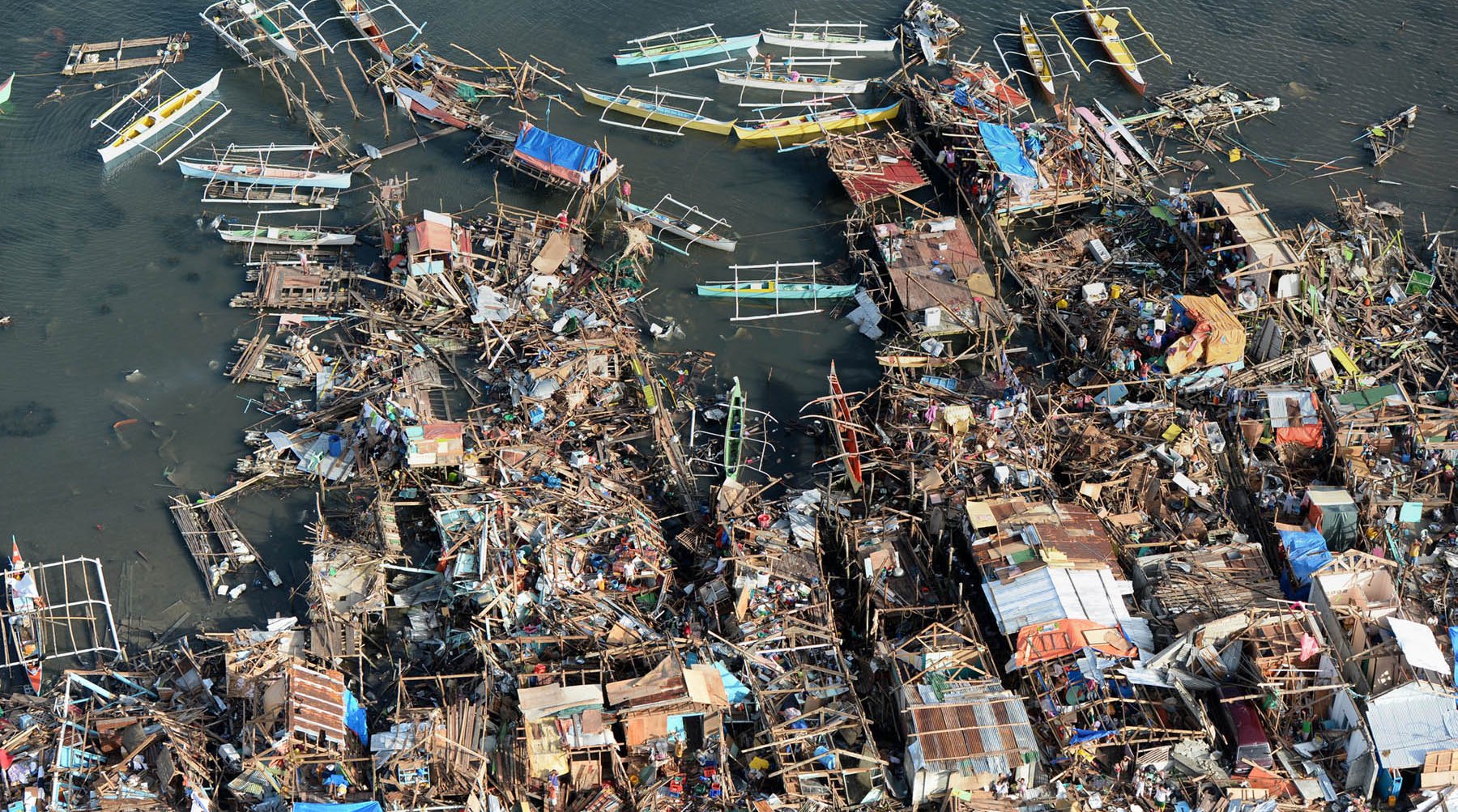
Typhoon in the Philippines: AFP, leading in the wake of Haiyan
Teodoro Aljibe, Noel Celis, Nicolas Asfouri, Odd Andersen, Philippe Lopez
AFP
On November 9, the day after the low pressure system had developed into a typhoon, an AFP team reached what was left of the city of Tacloban. They had managed to board one of the first Philippine Air Force flights leaving for the disaster area. This was 24 hours ahead of the competition, and they found themselves in scenes that conjured up the end of the world. Haiyan had struck a number of the eastern provinces of Leyte and Samar, with winds peaking at 315 km/h, making it one of the most violent typhoons in decades. The toll was over 8000 reported dead and missing.
“Our reporters were in a hellish environment, with no power for computers, no cell phone networks, and of course no clean water or food, surrounded by people who were shattered and had absolutely nothing,” explained Marc Lavine, editor-in-chief for Asia-Pacific. A generator was found near the local airport; it belonged to the Philippine Army, and was in what remained of a shack that had been turned into a command post. The reporters thus had access to electricity to send in their pictures.
Preview
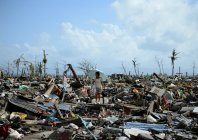

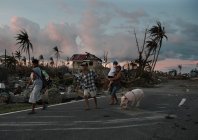
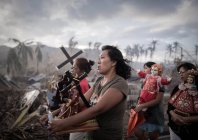
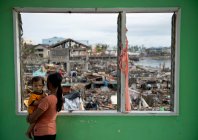
“I only spent six days on assignment in Tacloban, but in terms of the lessons I learned about life, I have the impression that it was fifteen years.” This was the reaction of Agnès Bun, a Hong Kong-based journalist and photoreporter with AFP, providing an eloquent description of the force and impact of the AFP reports on the aftermath of typhoon Haiyan in the Philippines. The exhibition features the work of five AFP photoreporters whose pictures convey the full extent of the disaster and show the distress of the survivors.
• Philippe Lopez has been working for AFP in Asia for 14 years. When he started with AFP, in 1999, he was a free-lance photographer in Cambodia. In 2000, he joined the Phnom Penh bureau, and two years later went to the New Delhi bureau. He was at the Shanghai bureau from 2009 to 2011, and is now based at the regional directorate office in Hong Kong. Philippe took the picture of the religious procession which was awarded first prize in the Spot News Singles category of the 2014 World Press Photo competition. • Noel Celis, the Philippine photographer based in Manila, began his career in 2005, working for the local press, then joined AFP in 2009 as photo correspondent. He was one of the first photographers to reach the Philippines after the typhoon struck. His photo of the survivor in the middle of the debris was featured on the cover of Time Magazine. • Teodoro Aljibe is a Philippine photographer who began his career in 1983 as a freelancer working for Philippine magazines, then went to the Japanese press agency Kyodo in 1991. He started with AFP as a picture editor in 2001, and became chief photographer in 2009. • Nicolas Asfouri, a Danish photographer born in Beirut, has been working for AFP for 14 years, starting as a freelancer. He became head of photography for Portugal in 2005, and has been a photographer based in Thailand since 2008. • Odd Andersen from Norway chose photography at the age of twelve, and was eighteen when he began working for the daily newspaper Dagbladet. In 1997 he joined AFP and covered Bosnia, then was in charge of southern Africa, before becoming chief photographer for Great Britain and Ireland. His current position is as chief photographer for Germany and Scandinavia.





